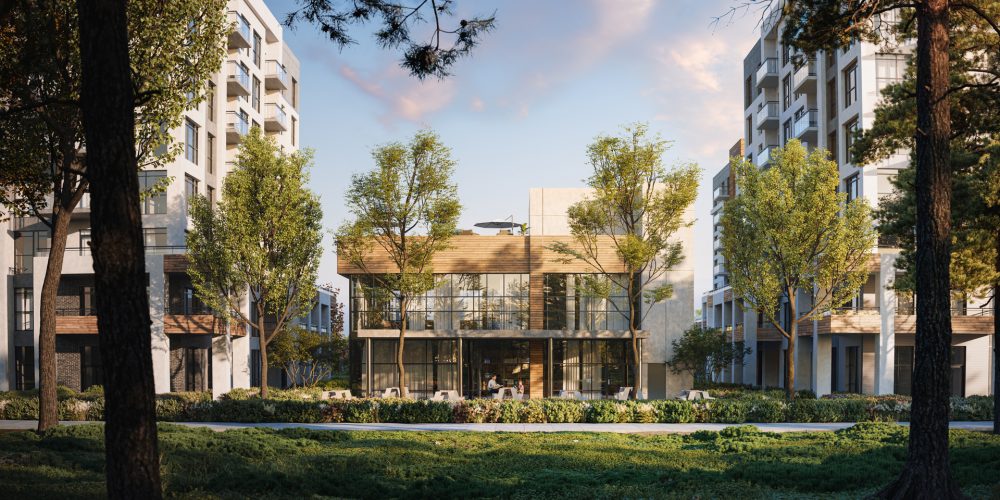Canadian Housing Industry boom finally dwindling
Is the Canadian Housing Industry boom finally dwindling?

The greatest boom in the Canadian real estate and housing industry is finally coming to a halt after two years
Economists fear that this slowdown can cause a fall of around 10-20% in home prices this year.
While the national economy is recovering post-pandemic, soaring interest rates have also made a major dent on the Canadian real estate market.
National home sales dropped by 12.6% on a month-over-month basis which records the lowest level of monthly activity since the summer of 2020.
Actual monthly activity came in 25.7% below the monthly record set in 2021.
The sales-to-new listings ratio has declined to 66.5%, its lowest since June 2020.
The pandemic rushed the housing industry to new heights. Both 2020 & 2021 broke all previous yearly records for real estate sales exceeding demand over available supply. Despite odds, the historically low-interest rates during the pandemic helped the market for this rapid shoot-up.
CREA’s (Canada Real Estate Association) April stats
While market experts predicted a correction from Covid-time market levels, it was somewhat uncertain when and how it would happen. As soon as the Bank of Canada shifted its policies in recent months, as precedent, the interest rates started to rise causing a decline in the housing market.
Canadian GDP numbers have also slowed down in the first quarter of 2022. However, economists are still confident that the national economy holds firm grounds. Another raise in interest rates of 50 basis points by the Bank of Canada came in on June 1. We recently saw an increase of half a percent in April. Another raise lead to a policy rate of 1.5%, a quarter-point below the pre-pandemic levels.
The higher borrowing costs are going to affect several markets. Home prices will also be affected as mortgage rates are rising based on these new economic policies.
According to Mr. Kavcic, Bank of Montreal senior economist, when we talk about housing correction, it is not whether it will happen, but it’s about where, how much, and how long. He says that the suburban markets in Ontario look the shakiest.
There has also been a sudden change in buyer sentiment in the last few weeks. Realtors are noticing zero offers on some homes even after spending weeks on the market, in contrast to a previous couple of years during the pandemic when homes lured dozens of bidders and sold for several thousands of dollars above the listed price.













